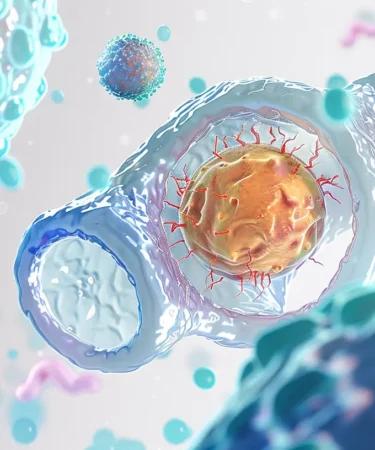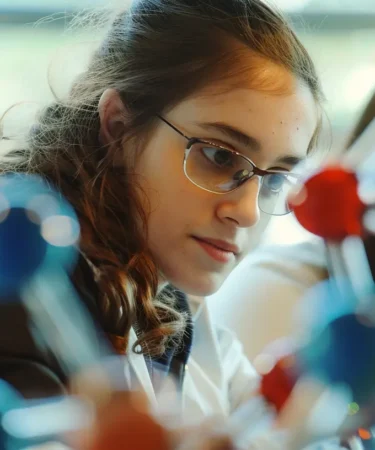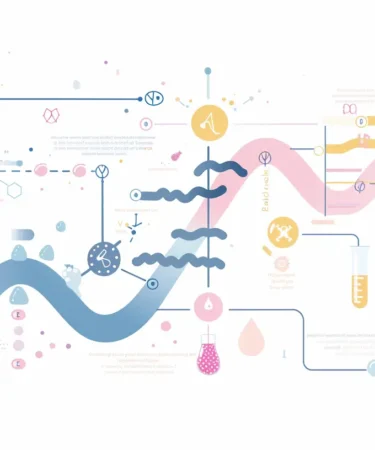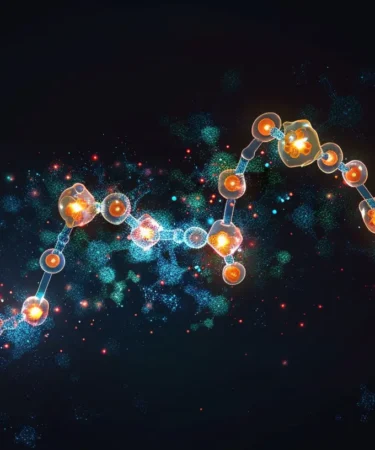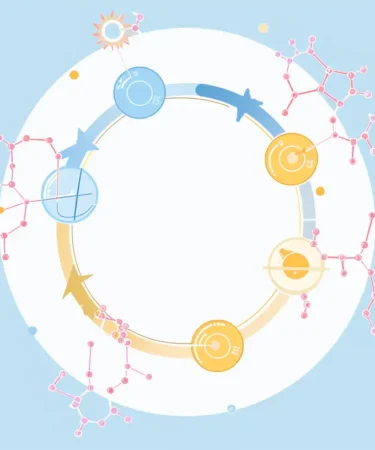Learning to read is an exciting journey for kids that opens up new worlds. Teaching your child to read involves building critical skills like recognizing phonics and sight words. Fun games, exercises, and storytelling can make the process easier. This guide gives you simple techniques and strategies to help your child develop strong reading skills …

How to Learn Efficiently and Effectively: Practical Learning Techniques
Learning how to learn is a powerful skill that helps you master new concepts and retain information quickly, whether studying biology, chemistry, english, french, music, or some other subject. You’ll find practical techniques here if you’re trying to ace exams, pick up new hobbies, or improve your career. This guide offers simple, hands-on methods, from …
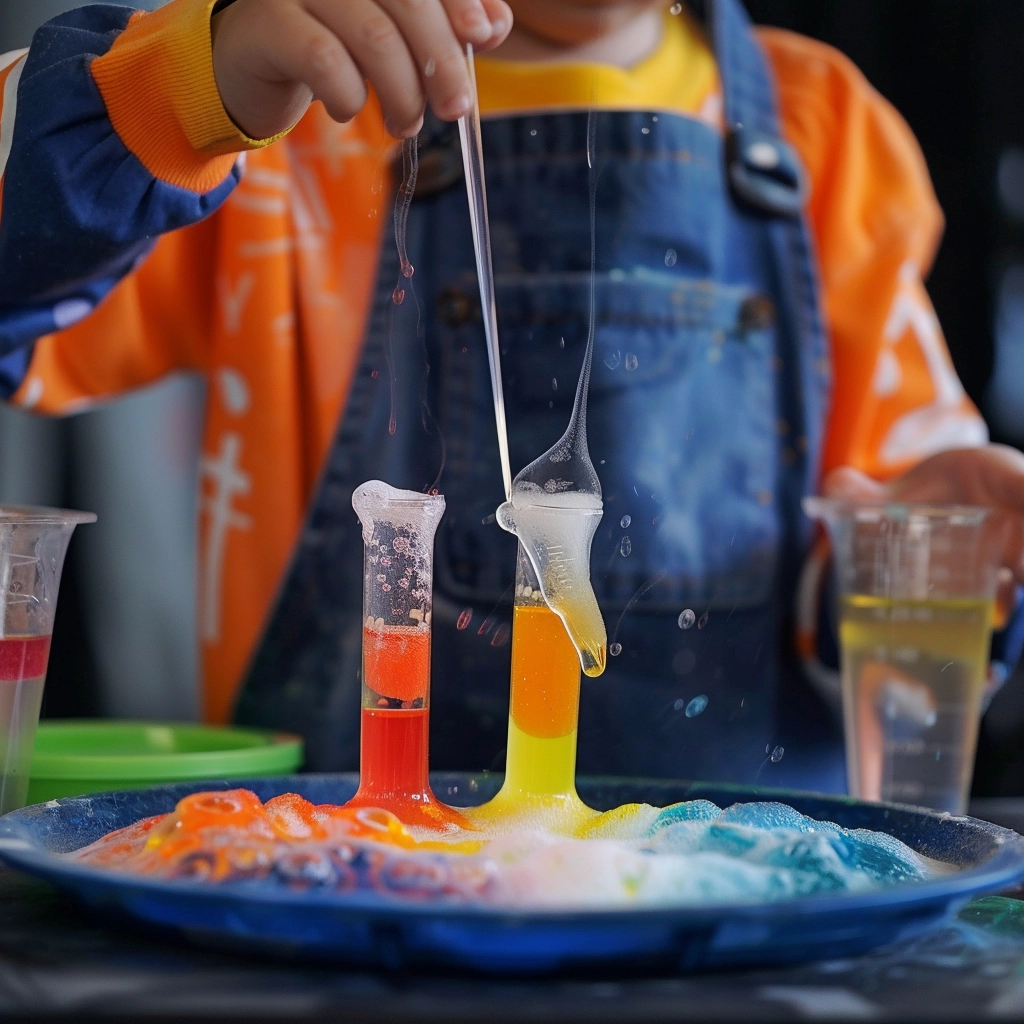
Chemical Experiments for Kids and Adults: at Home with Everyday Items
Jumping into chemical experiments is a practical way to see chemistry in action! These activities vary from mixing everyday items to observing fascinating chemical reactions. When performing chemical experiments, you combine different substances and observe the outcomes, including color changes and temperature shifts. You can even create a new material! When you engage in these …
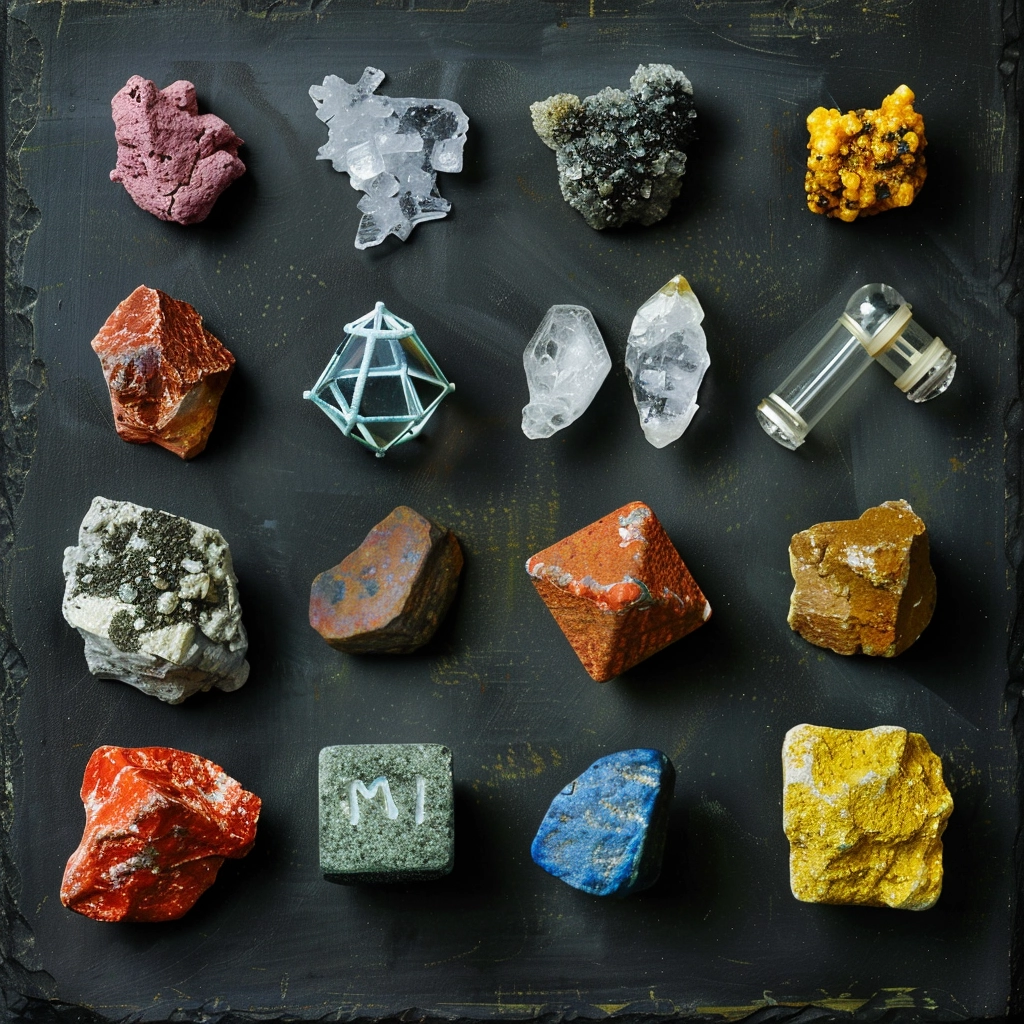
Chemical Elements: Learning Names, Symbols and Atomic Number
Chemical Elements: Learning Names, Symbols and Atomic Number A chemical element is the most basic form of matter that cannot be broken down into simpler substances through chemical reactions. Each element consists of atoms with the same number of protons in their nuclei, a unique feature that defines the element’s atomic number. Did you know …
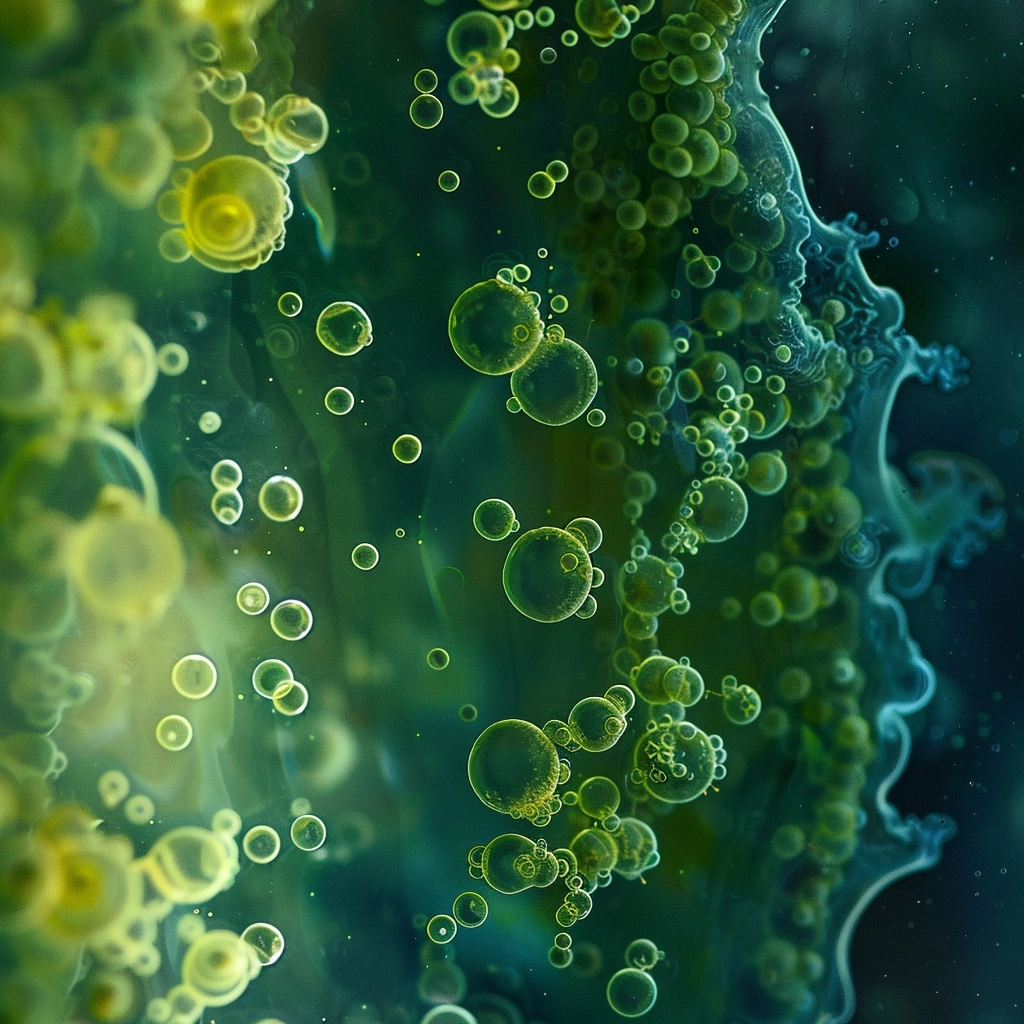
Cyanobacteria: Insights into Photosinthetic Blue-Green Algae
Cyanobacteria, commonly known as blue-green algae, are fascinating bacteria that harness photosynthesis to produce energy. This blog will teach you about their unique characteristics, structure, and photosynthetic capabilities. We’ll explore the different types of cyanobacteria, from unicellular to filamentous forms, and their roles in aquatic and terrestrial environments. Additionally, we’ll discuss the ecological impacts of …

Antibiotics: What Are They and How Do They Work?
Antibiotics are essential medicines used to treat infections caused by bacteria. By either killing bacteria or stopping their reproduction, antibiotics help the body overcome infections. Antibiotics, introduced to medicine in the 20th century, have significantly reduced deaths from diseases like tuberculosis and pneumonia. However, they are ineffective against common cold or flu viruses. Therefore, we …
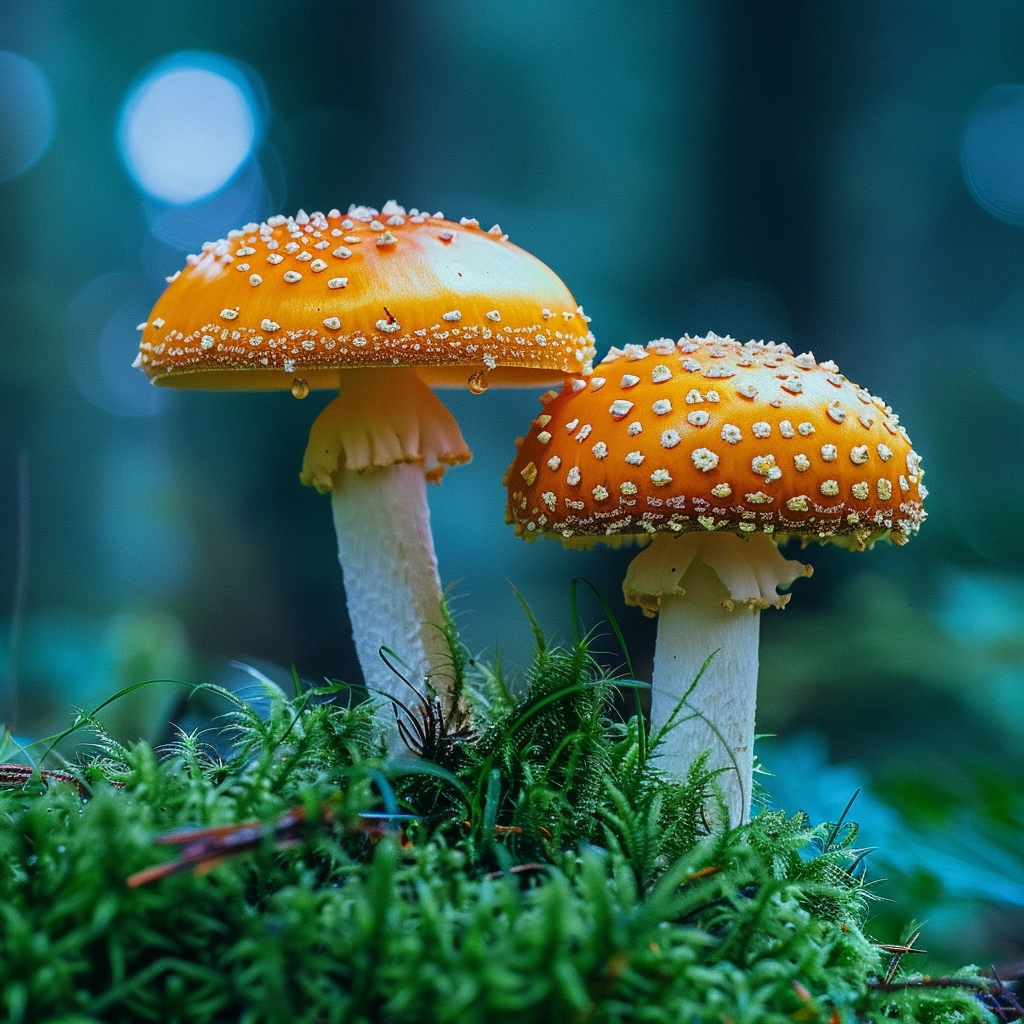
Fungi Study Guide: Study Yeasts, Molds, Lichens, Symbiosis and Mycorrhizae
Fungi, a unique group of living organisms separate from plants and animals, include forms like yeasts, molds, and mushrooms. They are vital and indispensable in breaking down dead material, making nutrients available in the environment, and forming beneficial partnerships with plants. For instance, mycorrhiza enhances plant root absorption of water and nutrients. This introduction will …
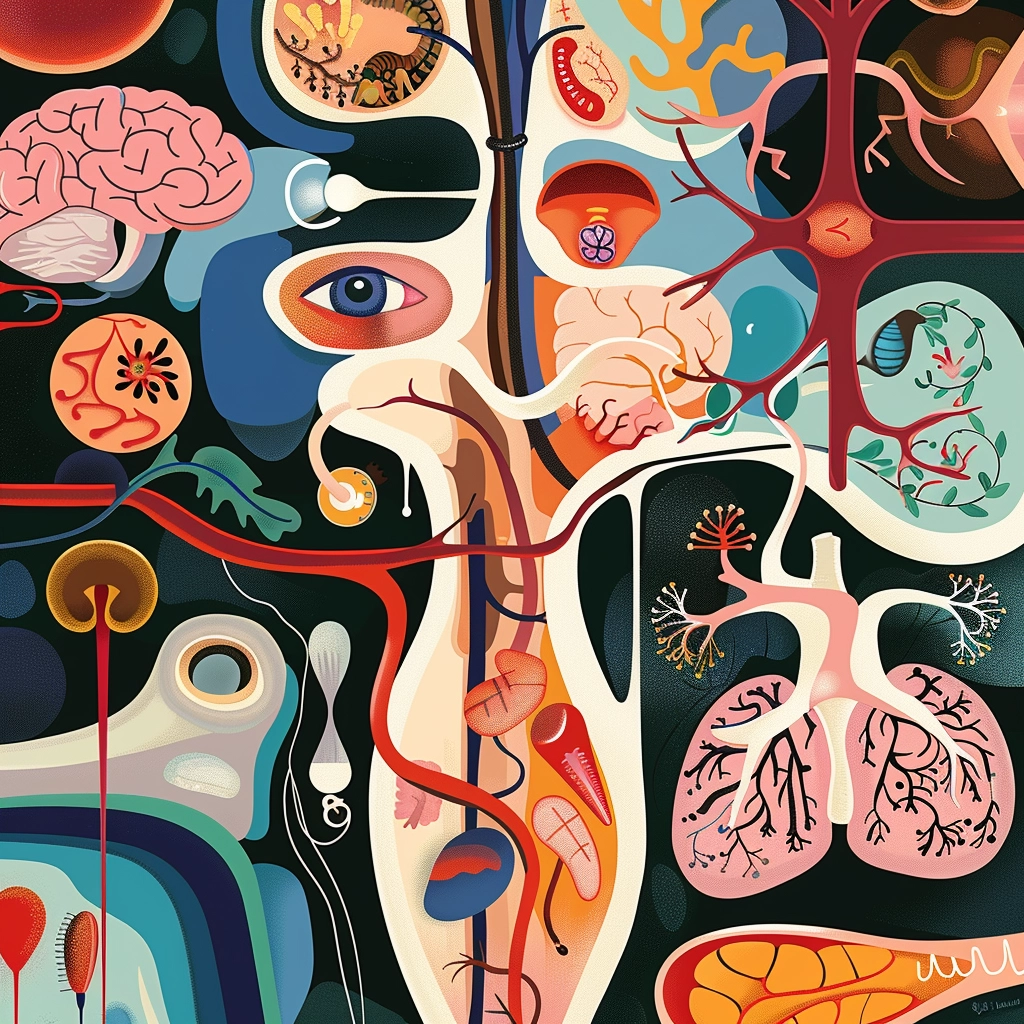
Homeostasis Explained: Balancing Body Temperature and Hormones
Homeostasis is an important biological principle that ensures stable internal conditions regardless of external changes. This process, essential for health and survival, involves complex interactions between hormones, osmoregulation, and acid-base balance. By regulating body temperature and blood glucose levels, homeostasis supports bodily functions and equilibrium. Understanding how homeostasis works offers insights into the human body’s …
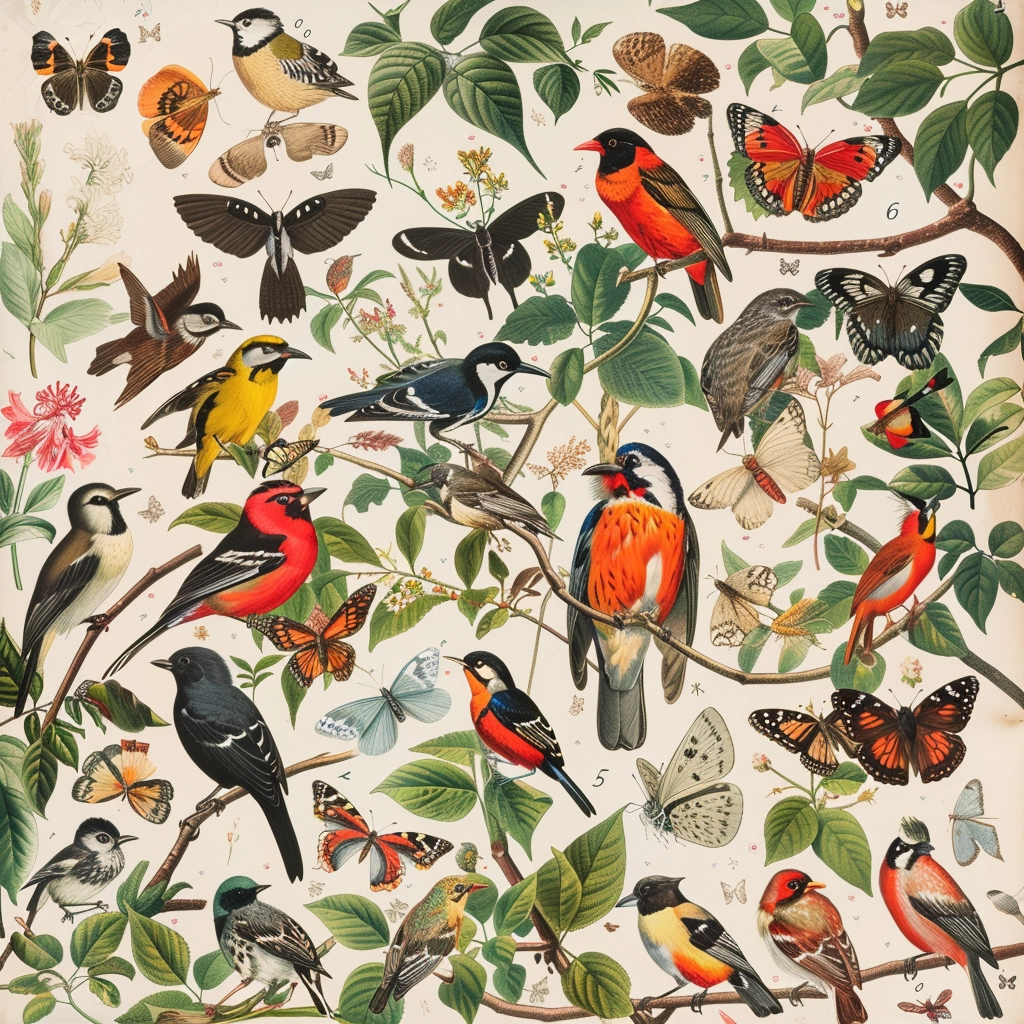
Biodiversity and Ecology – Pillars of Life on Earth
Have you ever considered the wide variety of life on our planet, from microscopic bacteria to towering trees, and how these diverse forms sustain ecosystems? The answer lies within the study of biodiversity and ecology. Biodiversity is not just a catalog of life but a critical framework for understanding how living things interact within ecosystems …
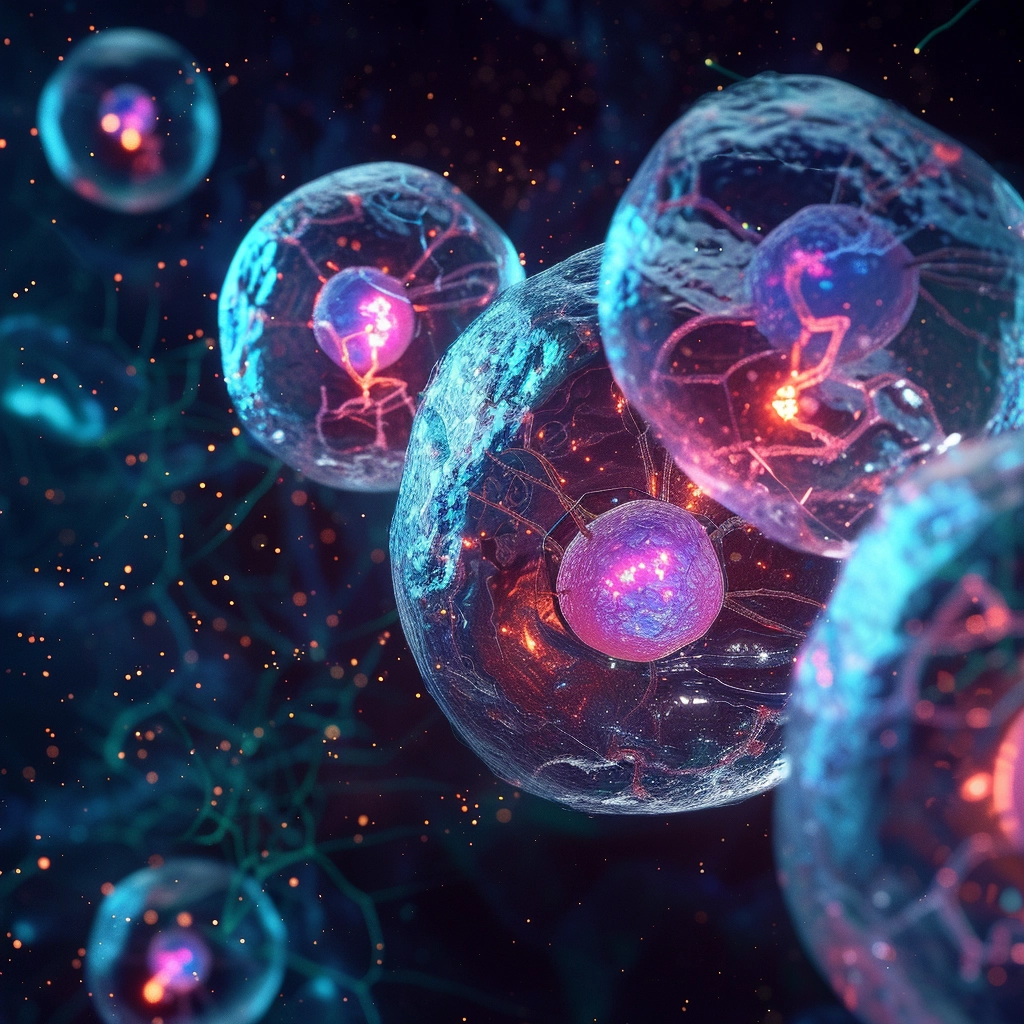
Mitosis and Meiosis: Key Processes in Cellular Division and Genetics
Have you ever wondered how a single cell develops into a complex organism or how our bodies replace billions of cells daily? The secret lies in cell division. Cell division is a fundamental biological process for life as we know it. It enables organisms to grow, repair damaged structures, and reproduce. Two main types of …
